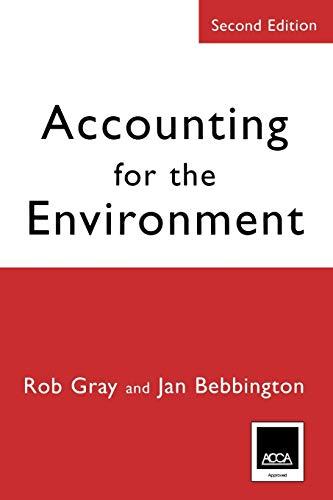Question
Question 9 (3 points) This question based upon the following objective student-written legal analysis. It should be presented in CREAC form. Massachusetts law controls for
Question 9 (3 points)
This question based upon the following objective student-written legal analysis. It should be presented in CREAC form. Massachusetts law controls for this analysis.
The court will likely determine that our client, Mr. Joseph Einstein, has a successful claim against Mommas Pie Pantry from harm caused by a one-inch piece of chicken bone in his chicken pie served to him by Mommas. Merchants have an implied warranty under the Uniform Commercial Code to ensure the fitness and merchantability of their goods. Mass. Gen. Laws. Ann. ch. 106 2-314 (West 2010). Massachusetts merchants who sell food fulfill this warranty by serving food that is wholesome and fit for consumption. Webster v. Blue Ship Tea Room, 198 N.E.2d 309, 310 (Mass. 1964).
In Mr. Einsteins situation, considering the nature of the food he was eating a chicken pie he could not have reasonably expected to find a piece of chicken bone. Contrary to making fish chowder like in Webster, making chicken pie requires the preparer to remove the chicken from the bone and clean the chicken. Part of cleaning chicken is ensuring it is free of bones and ligaments, which the preparer can easily feel with his or her hands. All chicken recipes that require the dish to contain only chunks of real chicken would begin with instructions on removing the chicken from the bone first. This is quite different from the recipes for the traditional fish chowder, which do not mention removing bones at any stage of the preparation process.
Mr. Einstein ordered a dish that essentially promised to be bone-free to all chicken consuming people. Therefore, under Webster, Mommas Pie Pantry is likely liable to Mr. Einstein for his injuries sustained by eating the chicken pie.
A substantial problem with the above analysis is that:
Question 9 options:
|
|
|
| a) | It fails to begin with an issue containing the word whether, and therefore the ending conclusion (final C in CREAC) does NOT match with the opening conclusion (first C in CREAC) |
|
|
|
| b) | It lists the statutory rule before the rule from the Massachusetts Supreme Judicial Court opinion |
|
|
|
| c) | It lacks a rule explanation (E in CREAC) section |
|
|
|
| d) | It addresses a frivolous counterargument |
Step by Step Solution
There are 3 Steps involved in it
Step: 1

Get Instant Access to Expert-Tailored Solutions
See step-by-step solutions with expert insights and AI powered tools for academic success
Step: 2

Step: 3

Ace Your Homework with AI
Get the answers you need in no time with our AI-driven, step-by-step assistance
Get Started


